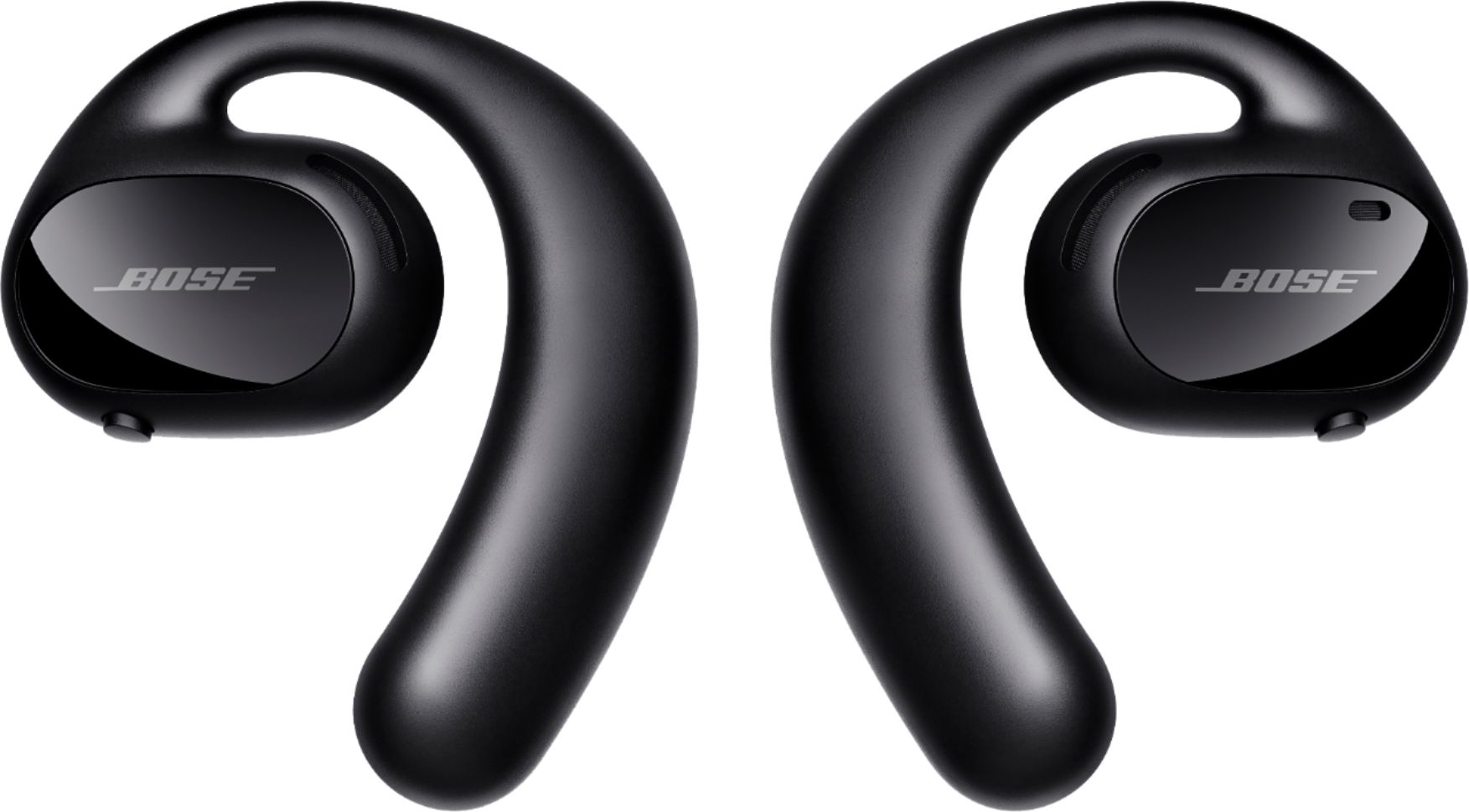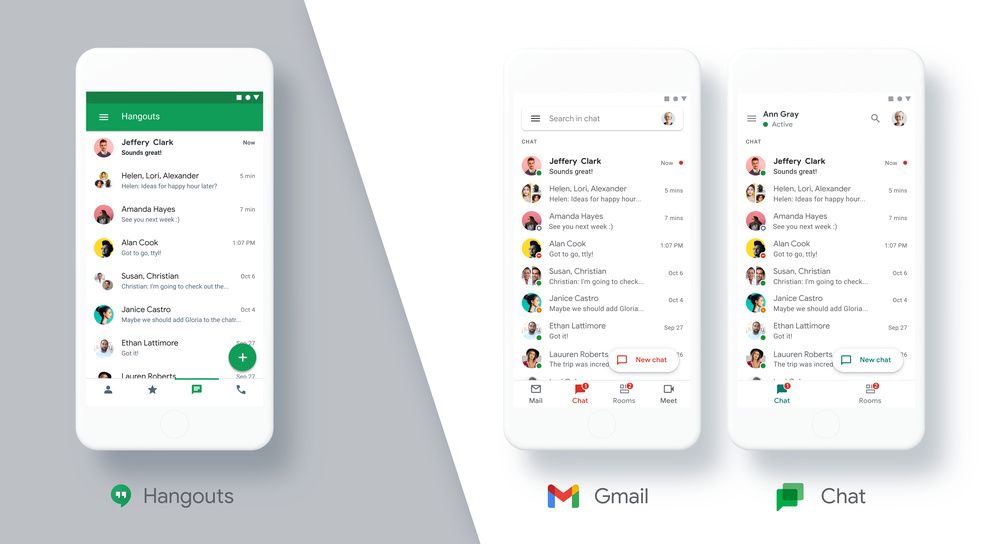Bluetooth earbuds have been nothing short of a revolution. It’s been the elimination of all those fiddly wires that have finally given phone vendors the confidence to dispense with jack sockets, which have been in use in some form for 140 years. That has actually contributed directly to the slimmed-down design of modern handsets. But not all earbuds are created equal, with prices ranging from Jackson to jacked-up, and feature sets as variable as sound quality. As ever, this year’s CES has seen a glut of new models announced. Here’s our guide to the cream of the crop from CES 2021. Some are already available in certain regions, whilst others don’t have a firm release date, but they’re all coming soon. This list isn’t exhaustive and we may add a few more in the coming days.
Mobvoi

Mobvoi Earbuds Gesture. Credits: Mobvoi on IndieGogo
Chinese brand Mobvoi is probably best known for its unerring loyalty to the Wear OS platform but has also produced some impressive Airpod alternatives — a dizzying array of them in fact — under the “TicPods” moniker. Mobvoi’s Earbuds Gesture is the first model to ditch that branding and the first to use “TicMotion” capacitive gestures and head movements to control. First launched as a crowdfunded project last August, the Earbuds Gesture is now available for general sale, boasting 6mm drivers, IPX5 water resistance, and min-enabled noise isolation. There are also controls for invoking your phone’s default voice assistant, either Amazon Alexa or Google Assistant. The earbuds can last 10 hours on a single charge, with an extra 5 hours available from the case. The retail price, as you’d expect, is higher than the crowdfunding one, but at $90 (available now) they’re still a pretty solid value.
Get a true hands-free experience with the Mobvoi Earbuds Gesture! Take to reject calls with a nod or shake of your head. Make sure to clip the coupon on the store page for the maximum discount!
Bose

Bose Sport Open. Credits: Bose via FCC Filing
Bose isn’t new to the idea of innovation in earbud design. Their Sleep Buds concept was brilliant but flawed until a revised model arrived. Now they’ve turned their attention to the fitness market with the Bose Sport Open Earbuds. Unlike regular buds, these fit just above the ear and funnel the sound into the ear canal without actually touching it. That means that if you’re running, you get the music, without blocking out the traffic. Bose says that even though the speakers don’t make contact with the ear, there’s no leakage, even at high volume. The Sports Open Earbuds are IPX4 rated, voice-assistant compatible, and are bang up to date, with Bluetooth 5.1. Initially available in the US-only, they’re now on pre-order at $199.95.
The Sport Open Earbuds from Bose are a pair of fitness-oriented true wireless earbuds. They sit right outside your ear so you can listen and still be aware of your surroundings.
Edifier
If you want to make sure everyone knows that you’re definitely not wearing Airpods, the Edifier TWS NB2 Pros are one of the most original designs for a pair of true wireless earbuds we’ve seen. These noise-cancelling ‘buds have an angled metal stem, with microphones designed to better pick up ambient noise if, say, you’re on a plane and the pilot makes an announcement. They’re IP54 rated, and whilst they can only manage 7 hours of playback with ANC turned on, the charging case can boost them for another 23 hours – and just 15 minutes in the case will recharge them for 2 hours. The TWS NB2 Pro will be available in March for $99.

Edifier TWS NB2 Pro. Credits: Edifier
Also launched at CES were the more modest but achingly cool Edifier GM5 earbuds, aimed at gamers on the move. With a funky semi-transparent case, which sports a blue LED strip, the buds themselves look much more like Airpods, which is fine unless you’re an anti-stalk type. With 8 hours playback and 32 hours case charge, there are also noise-cancelling and proximity sensors, so the music stops if you take them out. They’ll be available around the same time for $79.

Edifier GM5. Credits: Edifier
ZTE

ZTE Livebuds. Credits: ZTE
At the budget end of the market, the ZTE Livebuds are the cheapest on this list so far, and unlike all the others, offers ENC rather than ANC. ENC is slightly different as it’s designed to filter out environmental noise whilst keeping call clarity, so you can distinguish voices from the surroundings. ZTE claims 20-hour battery life, but a bit of digging reveals that they actually last 4 hours, with 16 hours charge from the case. They’re IPX4 rated, voice assistant compatible and have touch controls on each bud. Designwise they’re not-so-suspiciously similar to 1More’s Pistonbuds offering from last year, with their stubby half-stalks, and are out now for $40.
Belkin

Belkin Soundform Freedom. Credits: Belkin
Belkin Soundform Freedom earbuds will, for a start make you say “What? Belkin? Earbuds?”, but when you’re over that, you can see that these are no also-rans. The second-gen. true-wireless offerings from Belkin are IPX5 water-resistant, with 8 hours of playback and 20 hours more in the case. Better still, the case is QI-enabled, so it can charge your buds wirelessly. They’re also equipped for Apple ‘Find My’, so you’ve one less thing to worry about (as long as you’re an Apple user). With such a saturated market, we’re maybe a little surprised to see Belkin dipping its toes in this particular pool, but nevertheless, they’re available in black or white from April — price TBA.
Jabra

Jabra Elite 85t. Credits: Jabra
Jabra has been at the forefront of true-wireless earbuds and whilst there was no new model at CES, the company did announce new color variants at the show for the well-received Jabra Elite 85t ‘buds, launched back in September. The IPX4 rated true-wireless earbuds boast “advanced ANC” with a “Hearthrough” mode for when you need the ambient sound back. In fact, there are a total of 11 different sound modes accessible through the accompanying app which can also analyse your hearing to deliver a personalised EQ profile. The 12mm speakers and stalkless design make these a powerhouse, though they come at the cost of battery life, which is reduced to 5.5 hours + 20 hours in the case (which is QI enabled). Now available in Black (available now), Grey, Gold Beige, Copper Black, and Titanium Black (all available for preorder), they’re not cheap at £219.99, but worth the extra.
The new Jabra Elite 85t are truly wireless earbuds that come standard with Active Noise Cancellation (ANC), and they're now available in a few new color options.
1More

1More’s 2021 TWS Earbuds. Credits: 1More
1More isn’t mucking about and announced three sets of new ‘buds at CES (that’s erm… 1More… than anyone else on the list). There’s the 1MORE ComfoBuds ($59), ComfoBuds Pro ($129), Colorbuds ($99) and Colorbuds Pro ($149 – called the 1More ANC True Wireless Pro in some markets). There’s also 1More’s take on the smartwatch/earbud combo – the SoundDuo. Prices range from $49.90 to $179.99 and will be available in a suitably vague “Q1” timeframe. More details and prelaunch offers at the website.
The post The best true wireless earbuds launched at CES 2021 appeared first on xda-developers.
from xda-developers https://ift.tt/39zDhoq
via
IFTTT














